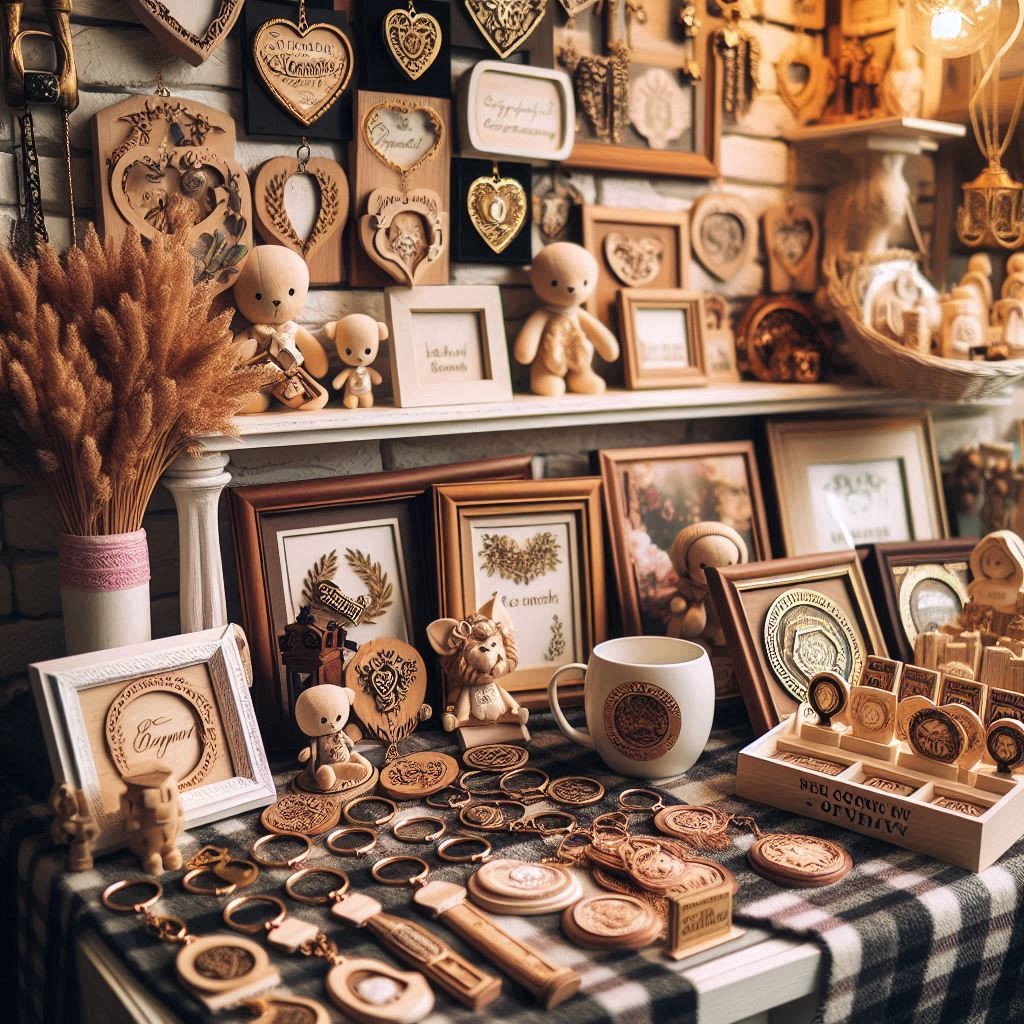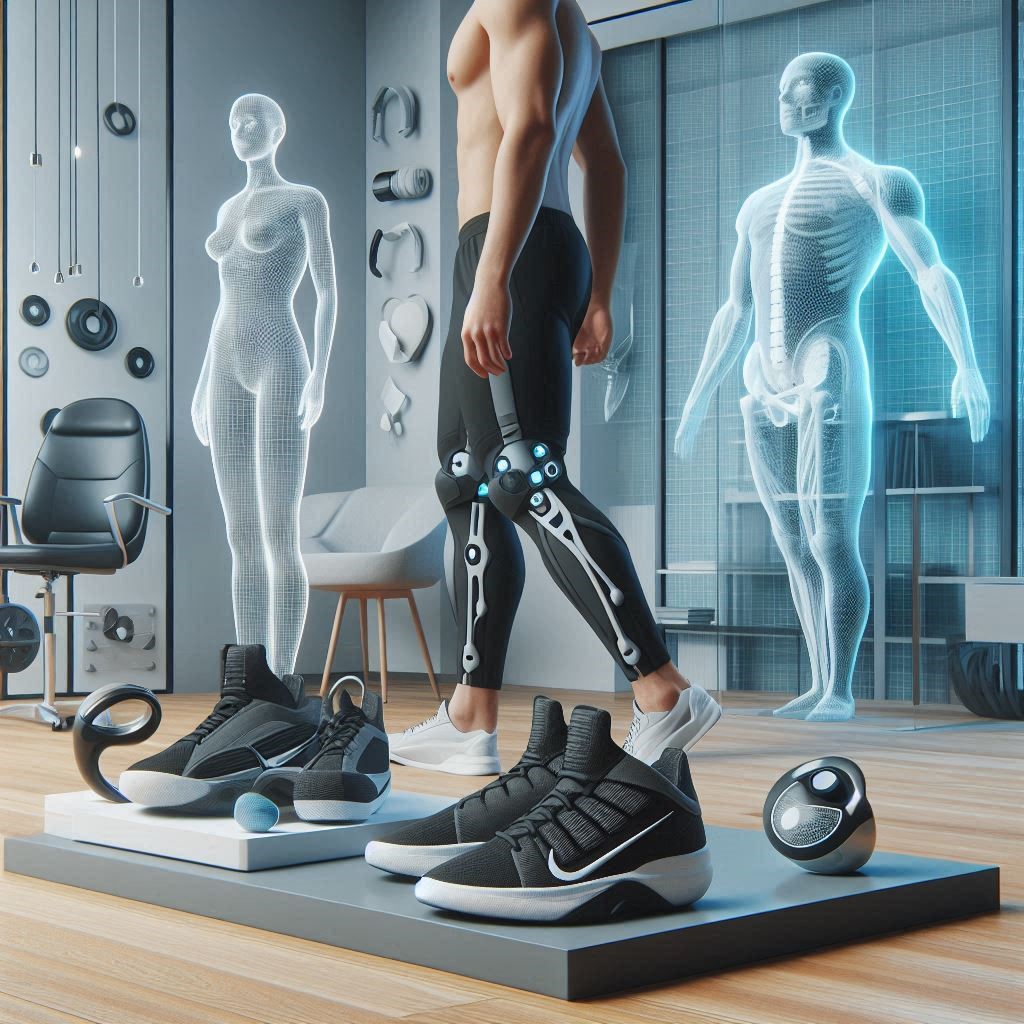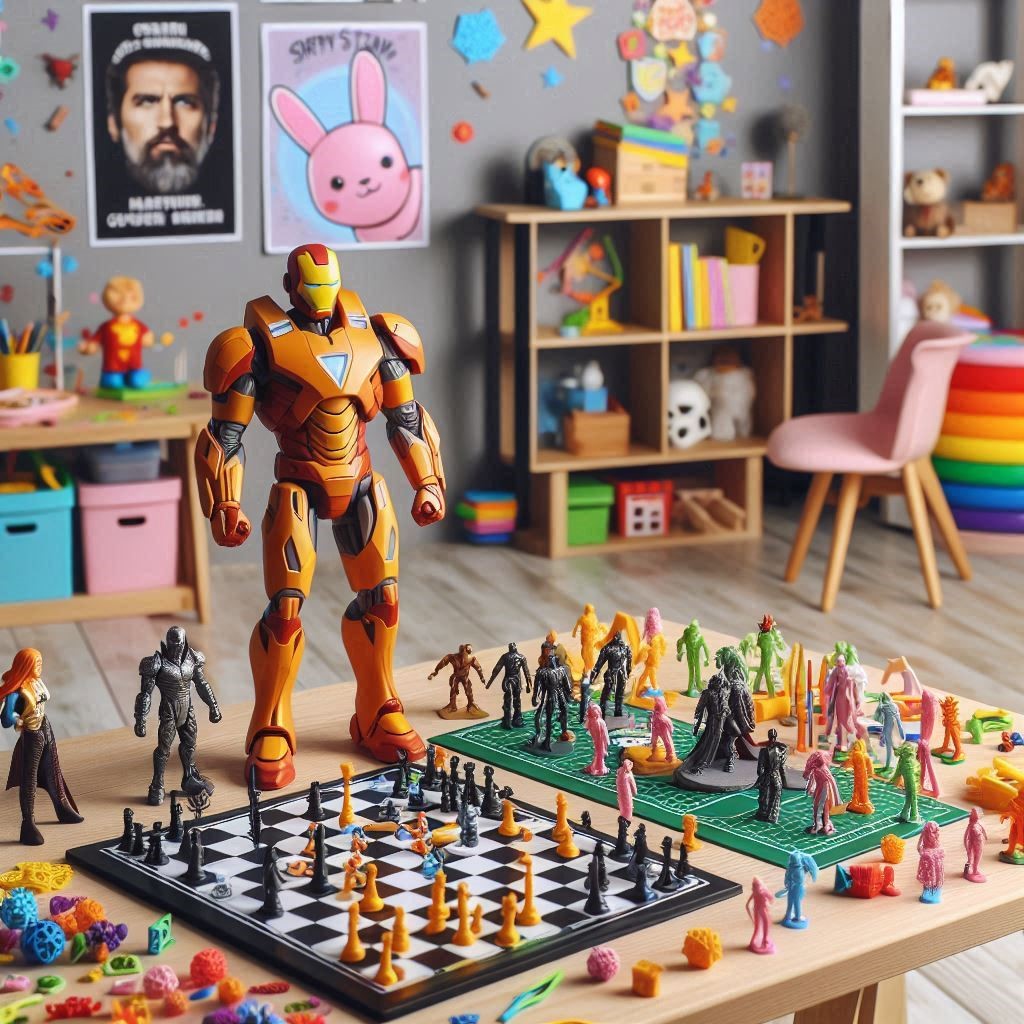The world of 3D printing is evolving at a breathtaking pace, opening up myriad opportunities for entrepreneurs and creators alike. With its ability to produce custom and complex designs, 3D printing has revolutionized various industries, from healthcare to fashion. If you’re looking to capitalize on this technology, you might be wondering what products are in demand and how you can turn your ideas into profitable ventures. In this blog post, we’ll explore several innovative 3D printing ideas that you can sell, focusing on their potential markets and how to get started.
1. Customized Home Decor
Why It Works
Home decor is a booming industry, and people are always on the lookout for unique pieces that reflect their personal style. 3D printing allows you to create one-of-a-kind items that can’t be found in stores.
Ideas to Consider
- Wall Art: Create intricate designs, geometric shapes, or nature-inspired pieces that can be hung on walls.
- Planters: Unique planters with interesting shapes can attract gardening enthusiasts. Consider adding features like self-watering mechanisms.
- Light Fixtures: Custom lampshades or decorative light fixtures can add a personal touch to any room.
How to Get Started
- Design Software: Use tools like Tinkercad or Blender to design your products.
- Material Selection: Choose materials that are both durable and aesthetically pleasing. PLA, PETG, or resin could be great choices depending on the product.
- E-Commerce Platforms: Set up a shop on platforms like Etsy, Shopify, or your own website to reach customers.
2. Personalized Gifts
Why It Works
Personalization adds value to gifts, making them more memorable. With 3D printing, you can offer customized items that cater to specific occasions.
Ideas to Consider
- Keychains: Offer personalized keychains that include names, dates, or symbols meaningful to the recipient.
- Home Goods: Customized coasters, picture frames, or decorative items can be perfect for weddings, anniversaries, or birthdays.
- Trophies and Awards: Create bespoke trophies for sports teams or corporate events, allowing clients to engrave specific names or achievements.
How to Get Started
- Market Research: Identify which personalized gifts are trending and how you can differentiate your offerings.
- User-Friendly Interface: If you create a website, consider integrating a tool that allows customers to input their personalization requests easily.
- Quality Control: Ensure that your 3D printer settings yield high-quality prints, especially for items with intricate details.
3. Fashion Accessories
Why It Works
Fashion is all about standing out, and 3D printing enables designers to create unique accessories that can catch the eye.
Ideas to Consider
- Jewelry: Create necklaces, earrings, or bracelets with intricate designs. Consider using flexible materials for comfort and style.
- Eyewear: Custom frames for glasses or sunglasses can appeal to fashion-forward individuals.
- Bags and Purses: Experiment with creating lightweight yet sturdy handbags or clutches, focusing on unique designs.
How to Get Started
- Trend Analysis: Keep an eye on current fashion trends to align your designs with consumer interests.
- Collaborate: Partner with local fashion designers or influencers to showcase your accessories.
- Marketing: Use social media platforms like Instagram and Pinterest to visually showcase your products.
4. Prototyping Services
Why It Works
Many businesses need prototypes for product development, and 3D printing allows for rapid iteration at a fraction of traditional manufacturing costs.
Ideas to Consider
- Industrial Prototypes: Focus on clients in sectors like automotive or consumer electronics, helping them visualize concepts before production.
- Architectural Models: Create detailed architectural models for firms needing to present their designs.
- Custom Tools and Parts: Offer prototyping services for businesses needing specific tools or components for their operations.
How to Get Started
- Networking: Attend industry events and connect with professionals who might need prototyping services.
- Portfolio Development: Create a portfolio showcasing your capabilities, including previous projects or concepts.
- Service Pricing: Research pricing models for prototyping services in your area to ensure competitiveness.
5. Educational Tools
Why It Works
The demand for innovative educational resources is growing, especially as schools look for ways to engage students with hands-on learning experiences.
Ideas to Consider
- 3D Puzzles: Create puzzles that teach anatomy, geography, or other subjects in an interactive way.
- Science Models: Offer models of molecules, ecosystems, or even historical artifacts for classrooms.
- STEM Kits: Design kits that include components for building projects, encouraging kids to explore engineering and design.
How to Get Started
- Curriculum Alignment: Work with educators to understand the tools and resources that are most needed in classrooms.
- User Testing: Test your products with students to gather feedback and improve designs.
- Partnerships: Collaborate with schools or educational institutions to offer your products directly to their programs.
6. Health and Wellness Products
Why It Works
The health and wellness industry is always evolving, and 3D printing can produce customized solutions that cater to individual needs.
Ideas to Consider
- Orthotics and Prosthetics: Create affordable, custom-fit solutions for those in need.
- Fitness Accessories: Design unique items such as personalized resistance bands, yoga blocks, or water bottles.
- Medical Models: Offer detailed anatomical models for educational purposes in medical schools or for patient education.
How to Get Started
- Regulatory Research: Understand the regulatory landscape, especially if you’re creating products related to health.
- Collaboration with Professionals: Work with healthcare professionals to ensure your designs are functional and beneficial.
- Prototype Testing: Validate your products through user testing to ensure safety and efficacy.
7. Toys and Games
Why It Works
The toy industry is always looking for innovative and engaging products. 3D printing allows for the creation of unique and customizable toys that can appeal to children and collectors alike.
Ideas to Consider
- Action Figures: Create customizable action figures that allow kids to swap out parts or accessories.
- Board Games: Design unique game pieces, boards, or even entire games that can be printed on demand.
- Educational Toys: Develop toys that encourage STEM learning, such as building sets or puzzles.
How to Get Started
- Market Trends: Stay updated on the latest trends in the toy industry to align your designs accordingly.
- Testing and Safety: Ensure all toys meet safety standards, especially for younger audiences.
- Community Engagement: Engage with local schools or community centers to promote your toys through workshops or events.
Conclusion
The realm of 3D printing offers endless possibilities for creativity and entrepreneurship. From home decor and personalized gifts to educational tools and health products, there’s a niche for everyone. As you explore these ideas, remember to conduct thorough market research, invest time in learning design software, and ensure high-quality production. With dedication and innovation, you can carve out your own space in the exciting world of things to 3D print and to sell and turn your ideas into profitable products. Embrace the technology, harness your creativity, and watch as your entrepreneurial dreams take shape!








